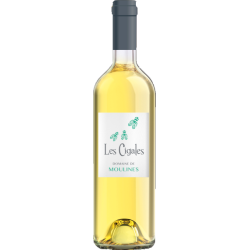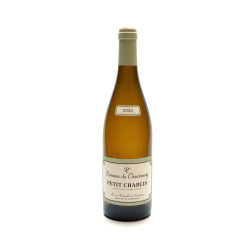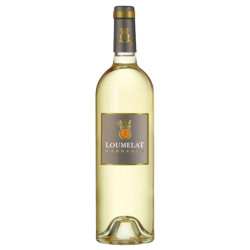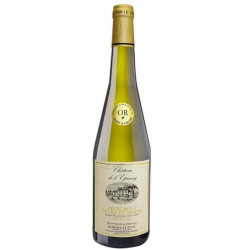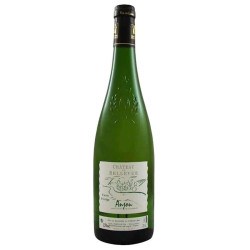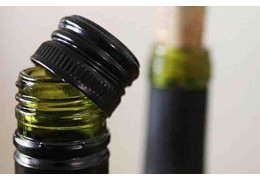Free delivery on purchases of €150 or more per winegrower in France and €250 in Europe (excluding United Kingdom)
Free delivery on purchases of €150 or more per winegrower in France and €250 in Europe (excluding United Kingdom)
-
- Great Offer
-
Our wines
-
-
By colors
-
All the wines
-
-
-
All Regions
-
-
-
-
Our organic & natural wines
-
-
Our Champagnes & Spirits
-
-
All Champagnes
-
-
Spirits
-
All the spirits
-
-
-
Our winemakers
-
-
-
winemakers
-
-
-
Our advice
-
-
Find your wine
-
-
-
- Our commitment !
-
- Great Offer
-
Our wines
-
-
By colors
-
All the wines
-
-
-
All Regions
-
-
-
-
Our organic & natural wines
-
-
Our Champagnes & Spirits
-
-
All Champagnes
-
-
Spirits
-
All the spirits
-
-
-
Our winemakers
-
-
-
winemakers
-
-
-
Our advice
-
-
Find your wine
-
-
-
- Our commitment !
Unbeatable !
WHAT DOES THE NOSE OF A WHITE WINE REVEAL?

-
Open or Closed? Your glass is well-filled, and you’ve already examined the wine’s appearance from every angle. Now, all you want to do is taste it. But not so fast! It would be a shame not to savor its aromas first. So, stick your nose into the glass and share your first impressions with your tasting partners. If the nose seems pleasant and very aromatic right away, we would say the wine is "open." If you don’t smell much? Don’t worry, it doesn’t mean you lack a sense of smell but probably that your wine is "closed." To understand what we’re talking about, move on to step #2.
-
Swirl It! Whether the wine is red, rosé, or white, it always has what professional tasters call a "second nose." Swirl your glass with a little rotating motion of your wrist. Smell the wine again. If you detect the same aromas, it means your wine is sufficiently aerated and well-opened. On the other hand, if you notice a pronounced presence of aromas on the second nose, it could mean that the wine’s aromas were initially closed but opened up when you swirled the glass. This often indicates a young wine, and in this case, it might be wise to decant it. To learn how to do this, check out our article.
-
Fruity, Floral, or Spicy? Now, let’s move on to the final step, which is probably the most challenging: identifying the aromas. This isn’t about guessing the winemaking technique but rather about tapping into your memories and familiar scents. Wine aromas are categorized into three main types: primary, secondary, and tertiary aromas. Primary aromas come directly from the fermented grape; they can be fruity, floral, vegetal, or mineral. In white wines, you’ll mostly find aromas of yellow or white-fleshed fruits (citrus, peach, pear, apricot, banana, lychee, quince) and flowers (hawthorn, rose, acacia).
Next are what are called secondary aromas, which develop during fermentation. Butter and brioche are the main secondary aromas found in white wine. Finally, there are tertiary aromas, also known as aging aromas, as they develop during the wine’s aging process (needless to say, young wines lack these). For example, a nose revealing aromas of honey, toasted bread, or dried fruits (nuts, prunes) could indicate a white wine that has begun its aging process.
You now know the main characteristics of a white wine’s nose. Also, check out step 3 of the tasting: tasting the wine.
Our nuggets
Related articles
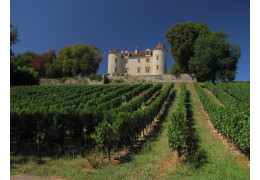
2 STORIES ABOUT THE VINEYARDS OF THE SOUTH WEST THAT YOU MAY NOT KNOW
L’océan Atlantique, les parties de pelote basque, les piperades…
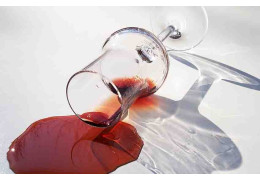
HOW DO YOU REMOVE A RED WINE STAIN?
At one time or another, we've all experienced the anguish of a wine stain on...
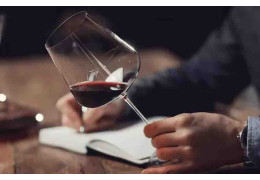
4 BLUNDERS TO AVOID WHEN TASTING WINE
You've got a big challenge ahead of you: it's your turn to invite your frien...
